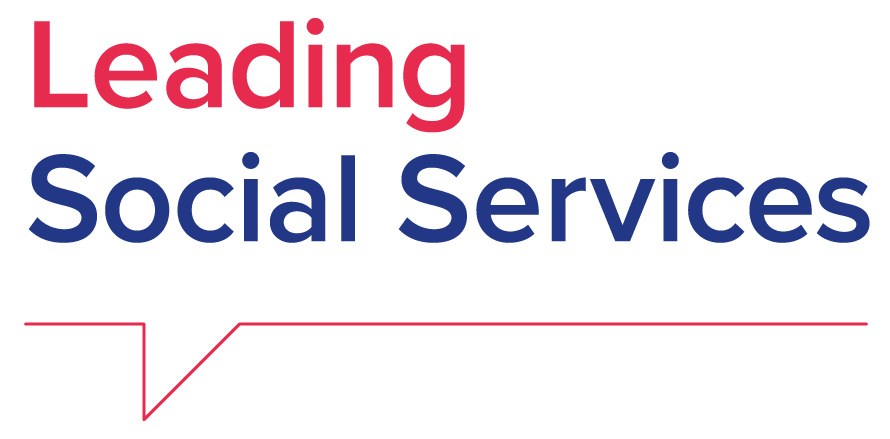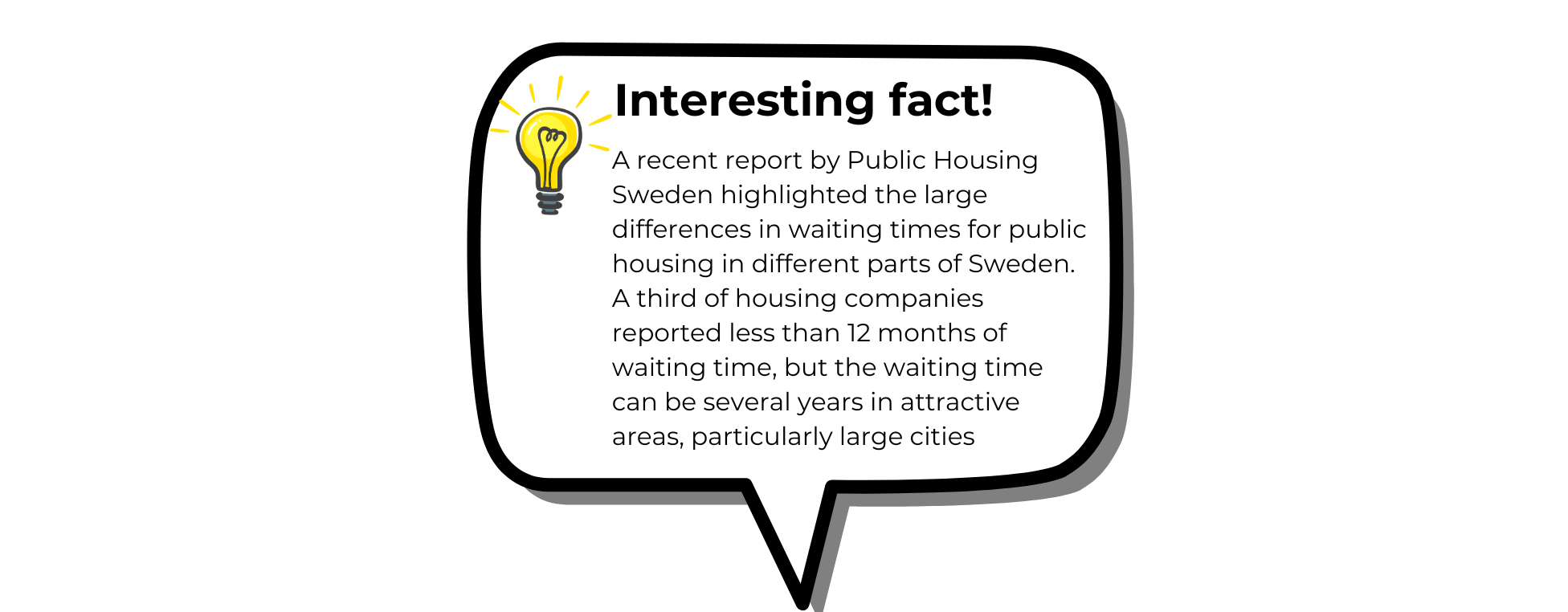Recommendation
An important current development in social services is related to AI. There should be work in place to support municipalities in the use of AI in social services to ensure that increased use is cost-effective, appropriate for the work of social services, and for people using services. There should be clear regulations in place to cover the legal aspects of its use and implementation in social services.
Social Services Policy and Legal Framework
Right to access social services ✅
Access to social services is recognised in several national laws, specifically the Social Services Act.
Definition of social services ✅
According to the opening paragraph (1 kap. Socialtjänstens mål 1 §) of the Social Services Act, social services promote people's economic and social security, equality in living conditions, and active participation in community life. While considering people's responsibility for their and others' social situations, social services must focus on releasing and developing individual and group resources.
National catalogue of social services ❌
There is no single catalogue, but in addition to the legislation outlining the services to be provided, several regulations and general advice publications, primarily from the National Board of Health and Social Welfare, are available. Municipalities also provide information on which services are available on their websites and through information to other stakeholders and partners.
Strategic plan for social services ❌
Instead of a single strategic social services plan, various plans govern different aspects of social services.
There are strategic plans for populations where social services are involved in service provision, for example:
- The 10-year strategy covering the period 2017-2026 to combat men’s violence against women The strategy particularly emphasises preventive measures.
- The national strategy for 2022 - 2026 to combat homelessness
As far as the new social services legislation is concerned, the national association of local and regional authorities, SALAR (SKR) and the National Board of Health and Welfare will support its implementation through a series of measures, including support for local and regional authorities and a needs analysis’ to meet the goals of the changes in legislation.
Responsibilities of local authorities 🤝
The Ministry of Health and Social Affairs is responsible for issues concerning social welfare, such as public health, health care, and care for older people. The Ministry’s area of responsibility also includes social insurance, which provides financial security to people when they are sick or older or when children are young. Issues concerning individual and family care, support for people with disabilities, and care for older people are also their responsibility. The Ministry also works on rights for people with disabilities.
The National Board of Health and Welfare is responsible for ensuring good health, social welfare, and high-quality health and social care on equal terms for the Swedish population. This is achieved by collaborating with relevant authorities and services, using independent experts and the best knowledge available, and steering, supporting, and developing social services.
Municipalities are responsible for planning and financing services at local level. Service provision can be provided directly by municipalities or private/third-sector providers through procurement. Large local and regional variations exist in the proportion of services provided directly by municipalities or others.
In 2021, 21% of services were provided nationally by private/third-sector organisations.
Social Services Expenditure
- Total spending for social protection, including benefits (2021): € 134,181,628,170.
Percentage distribution of expenditure on social protection by function (2021)

Source: Expenditure on social protection increased in relation to GDP (scb.se)
Coverage
Long-term care (LTC) for older people
- Number of older people aged 65+: 2,174,752 / 20.6 % of the total population (2023)
Source: Sveriges befolkning i sammandrag 1960-2023 (scb.se)
- Number of older people with LTC needs: 420,635 (2023)
Source: 2024-4-9046-tabeller.xlsx (live.com)
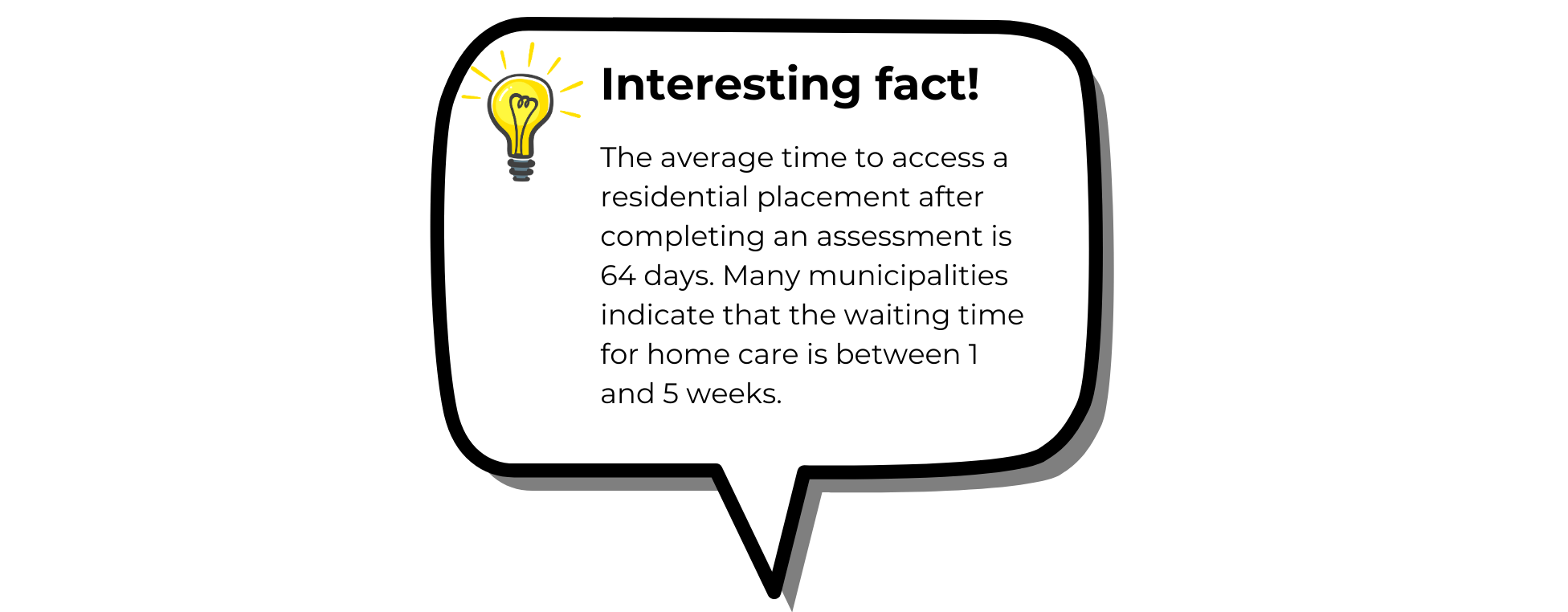
Source: Årets lägesrapport – Vård och omsorg för äldre - Socialstyrelsen
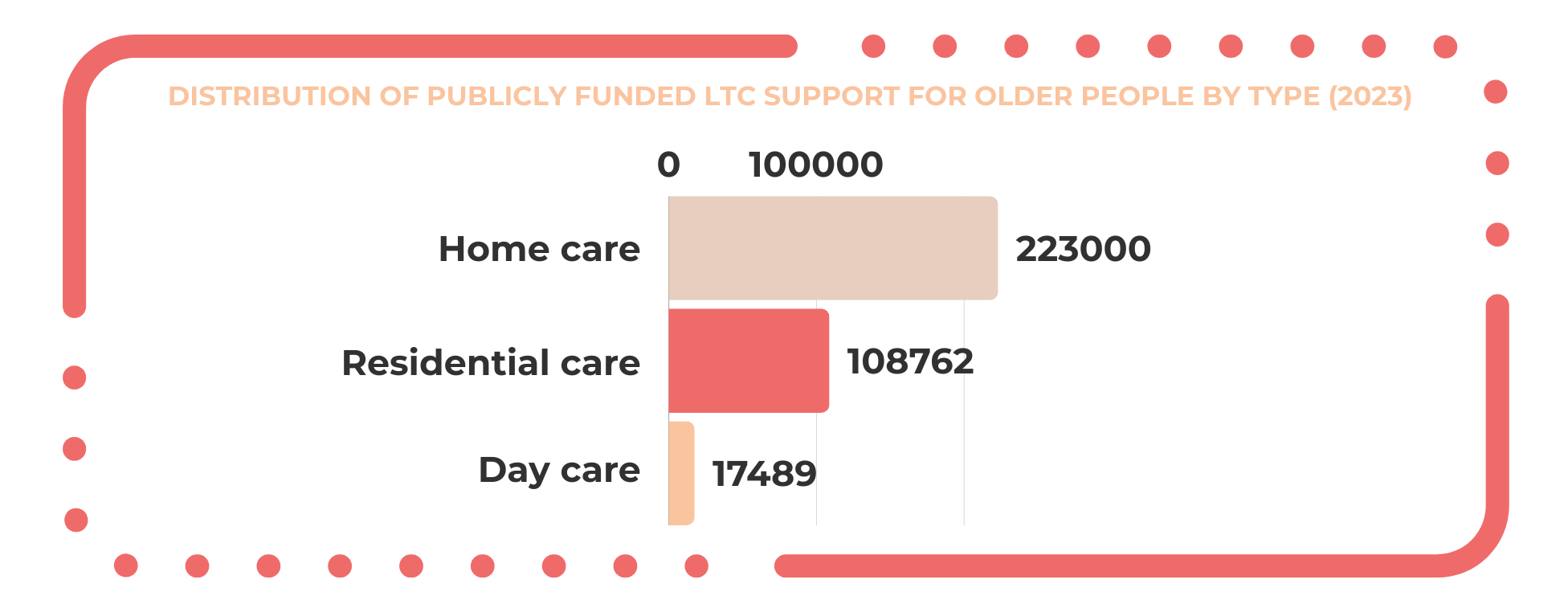
Source: Socialstyrelsen, 2023

Long term care (LTC) for people with disabilities (PWD)
Number of publicly financed places by type:
- Residential care: 28,880
- Day care: 48,700
- Home care (incl. personal care) 20,700
- Home support for social inclusion: 40,800
Source: a) Boverket, 2023, b) Socialstyrelsen, 2023 c) Socialstyrelsen, 2024, d) Socialstyrelsen, 2023
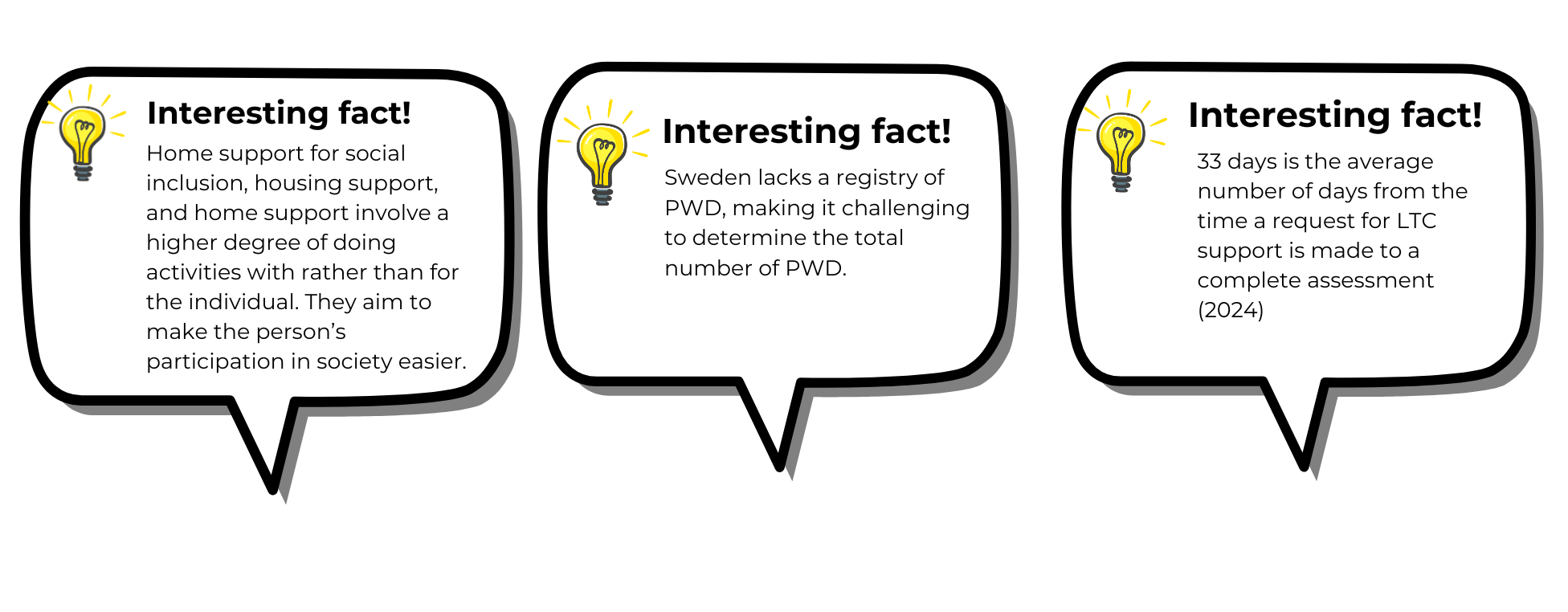
22,500 people were referred to sheltered workshops by the employment authorities in 2022
Source: National Audit Office, 2022
Child protection services
Children in alternative care: 26,509 (2022)

Source: Socialstyrelsen, 2022
Women’s support
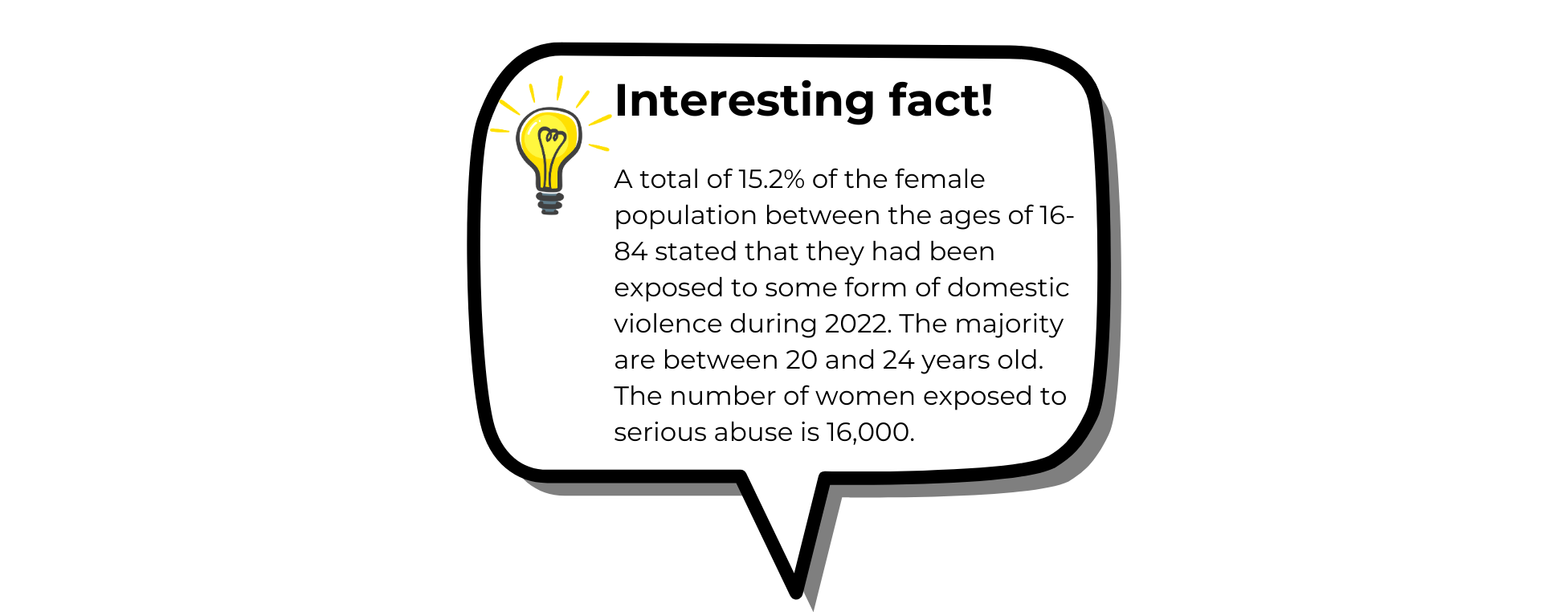
Source: Swedish National Council for Crime, 2022
Homelessness and social housing
- Number of homeless people: 4,400 (acute homelessness)
- Number of social housing built in 2023: 30,000 rental apartments
Source: Socialstyrelesen, 2023

